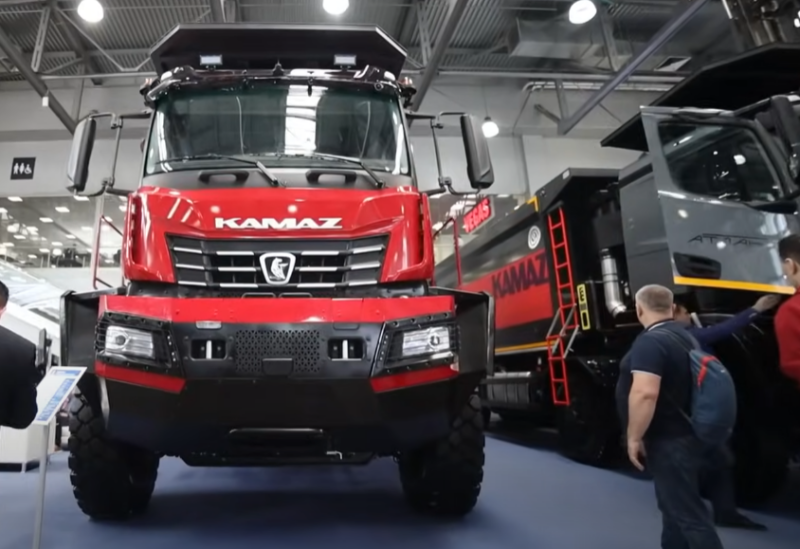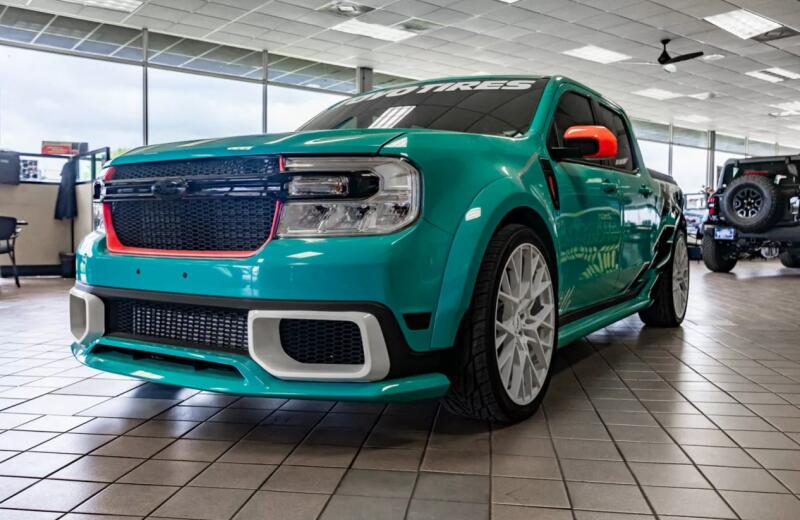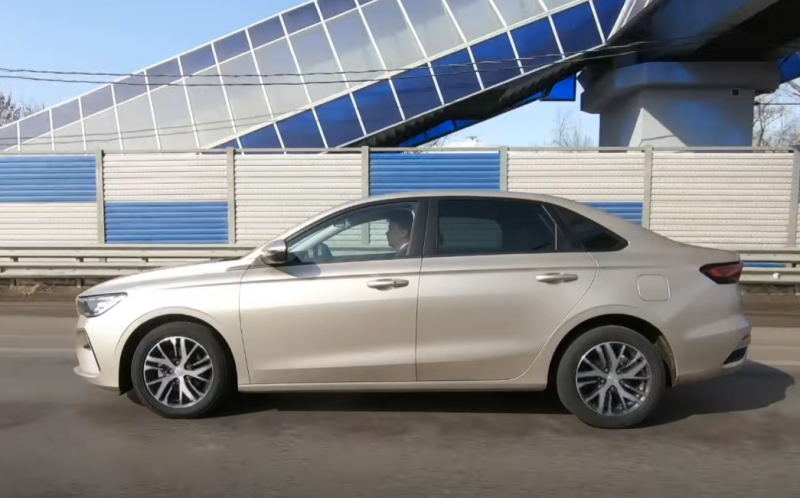Subsequently, they became part of the heritage and history of wonderful and amazing microcars. And, of course, pride for Maradona’s homeland. To confidently say: we also have our own auto industry. Or at least there once was.
 Miniature Argentine Dinarg D-200 Cort. Photo: Wikipedia
Miniature Argentine Dinarg D-200 Cort. Photo: WikipediaThe name of the Dinarg corporation comes from "Dinamica In Industrial Argentina". It was founded in 1959 by domestic industrialists and engineers. This number included: José Fuad Elascar (president of the company), Meliton Gonzalez del Solar, Gilberto Anastasio Lamarque, Enrique Rodriguez Pardinha, Walter Ricardo Santa Cruz and Roberto Antonio Suarez.
Serious testing prior to short production
As with most microcars, the utilitarian ideal was to produce an inexpensive small option that could be purchased for a modest sum. Several other criteria were also applied to it: low cost to operate, public acceptance and good sales.
The Dinarg D-200 was a 2-door, 2 (4)-seater sedan microcar, entirely designed and developed in Argentina. Conceived in 1959, by the following year it had already received three prototypes, which underwent extensive road testing before entering production.
They included a respectable mileage of over 100 km. Subsequently, the car was produced in the city of Cordoba, Argentina. The time and number of units assembled remained quite modest: from 000 to 1961, only 1962 cars were produced.
 Dinarg D-200 Largo has an extended base. Photo: pinterest.com
Dinarg D-200 Largo has an extended base. Photo: pinterest.comInitially the only designations were D-200 and Largo. Both options were developed by different employees. They were also targeted at various sectors of the automotive market. The essence of the smaller one consisted, first of all, in several important points:
✅ modest transport that protects from wind and rain
✅ compete with motorcycles, not other cars
✅ provide workers with a small, cheap means of transportation
At the same time, the Largo variant was positioned as a competitor to other microcars. This primarily applied to the following models: Fiat 600 and Joseso (another version developed and produced entirely in Argentina).
Technical equipment and performance of Argentine microcars
The small chassis, designed to provide ample legroom, reduces the turning radius to 9,7 m (right) or 9,6 m (left). Despite this, the microcar had good maneuverability when driving. The element in question is made using the following materials: molded fiberglass, reinforced with plates and steel pipes at the suspension and engine mounting points. The D-200 Corto has a length of 2430 mm, the Dinarg D-200 Largo version has more serious parameters (2680 mm).
The latest option is made by cutting the existing chassis in two, inserting an enlarged section and rejoining it. Since this case did not use a separate casting, experts did not consider it to be any other model. However, over time, the original car became known as the Dinarg D-200 Corto to distinguish it from the longer Dinarg D-200 Largo.
 Dashboard Dinarg D-200. Photo: youtube.com
Dashboard Dinarg D-200. Photo: youtube.comThe rear seat was a step-up that could accommodate two children, and the Largo had more legroom to accommodate a near-standard sofa. Additional space was demonstrated by the rear side windows, which had a longer profile. The sliding design allowed the door cavities to increase the space in the cabin. Here are some physical characteristics of cars:
✅ width - 1240 mm
✅ height - 1280 mm
✅ doors opened back 90 degrees
Additionally, the two front seats folded forward to provide access to the rear row or space to store a suitcase. This was an important factor since there was no storage space in the trunk. Its tiny space was mainly intended only for access to the engine and spare tire.
 Largo's modest powertrain. Photo: youtube.com
Largo's modest powertrain. Photo: youtube.comCars produced for the hotter or northern parts of Argentina had larger and slightly deeper rear side air intakes. But if we take a closer look at the power unit, it received the following indicators:
✅ single-cylinder two-stroke motorcycle engine Sachs
✅ working volume - 191 cubic meters. cm
✅ drove 25 (according to other sources - 17,5) km on 1 liter of gasoline
✅ fuel tank held 18 liters
But due to the lack of a fuel level indicator, it had to be topped up regularly so as not to end up with an empty tank in the middle of a trip. The car had a rear-wheel drive design with reliable drum brakes on each wheel. The gearbox received 4 positions forward, but to move backward it was necessary to turn off the engine and turn the key in the dashboard in the opposite direction. Here are further characteristics of the car:
✅ maximum speed was 75 (80) km/h
✅ weight of the structure – 300 kg
✅ speedometer with built-in odometer
It turned out to be the only pointer element on the dashboard. The rotary indicator mechanism worked like a clock and turned off after 30 seconds. Cars were produced with a rearview mirror on the driver's side, and other accessories were installed later. The side trims were either a straight chrome strip or the addition of a stylized chevron pattern.
Issue price, strengths and weaknesses
In 1961, experts called the Dinarg D-200 one of the smallest cars in the world. At the same time, it was also the cheapest design in this segment on the Argentine market. Its cost was 151 pesos (for the Heinkel they asked for a little less - 000 pesos).
 Restored Dinarg D-200 Cort. Photo: youtube.com
Restored Dinarg D-200 Cort. Photo: youtube.comBefore going into production, the car was thoroughly tested on the track and on classic roads by the staff of Parabrisas Motoring Magazine. Their results were published in Issue No. 32, July 1963. Testing by Parabrisas Magazine revealed a number of characteristics that included both strengths and weaknesses. The first included:
✅ maximum functionality
✅ reliability of mechanical parts
✅ very good performance in the city
✅ exceptional turning conditions
✅ unusual but effective brakes
It is clear that for such a miniature and more than budget car there would certainly be reasons to criticize the design. In fact, there were a lot of them, almost more than positive moments. Here is a list from specialists of a specialized magazine:
✅ very sensitive clutch
✅ parking brake does not work
✅ inaccurate traffic targeting
✅ small turning radius
✅ lack of fuel quantity indicator
✅ keyless fuel filler cap
Despite extensive performance testing and (generally) good reviews, production ended just a year after it began. During this period, 197 units of the classic version and 60 of the extended version were produced. The dream came true, but the hopes were not fulfilled, still leaving the world with another fascinating and amazing microcar.










